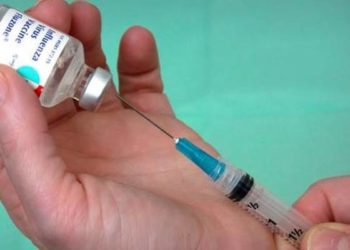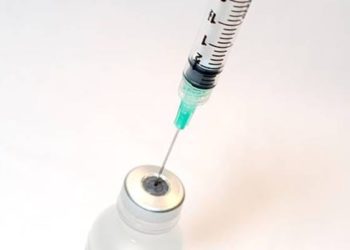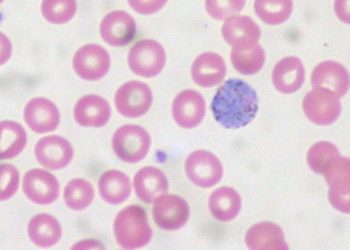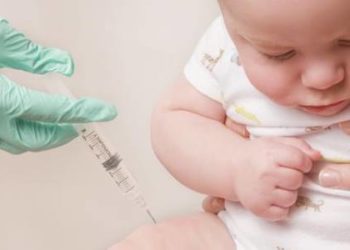Screening for vaccine hesitancy not associated with decreased under-immunized time
1. In this cluster randomized controlled trial, researchers found that informing providers of which parents identified as vaccine hesitant on a standard screening survey had no impact on the length of time the children of these parents remained under-immunized.
2. Researchers also completed a per protocol analysis, studying only parents who completed both visits of the study design. They found a persistent significant increase in the under-immunized time of children whose parents were vaccine hesitant when physicians were made aware of their parents’ vaccine hesitancy.
Evidence Rating Level: 1 (Excellent)
Study Rundown: Though much literature has been published on vaccine hesitancy in the United States, significantly fewer studies have investigated how to effectively address vaccine hesitancy in the clinical setting. In this article, researchers completed a cluster randomized controlled trial which compared whether or not physician awareness of parental vaccine hesitancy affected the amount of time children of vaccine hesitant parents remained under-immunized. Researchers found that though all parents included in the study were identified as vaccine hesitant from the start, there was no significant difference in under-immunized time amongst those children whose physicians were made aware of their parents’ vaccine hesitancy. Moreover, when completing a per protocol sub-analysis, researchers found that children of vaccine hesitant parents whose providers were made aware of their vaccine hesitant status were actually more likely to have a longer under-immunized time as compared to children of vaccine hesitant parents whose physicians did not know their vaccine hesitancy status. Though the study is limited by the possibly uniqueness of its geographic sampling of families in the pacific northwest, it still reveals an important conclusion, namely that simply making physicians aware of parents who are vaccine hesitant had no impact on increasing vaccine adherence and may even deter patients from immunizing on time. Further research is required into why the phenomenon exists as well as additional methods for combating vaccine hesitancy.
Click here to read the study in Pediatrics
Relevant Reading: Vaccine hesitancy – a generation at risk
In-Depth [randomized controlled trial]: Researchers recruited from primary care clinics in the Kaiser Permanente Washington (KPWA) system, located within 5 counties in western Washington state (N=156, 53.7% white, 26.9% Asian, 70.2% parents with college degree or greater, 67.6% with household income of ≥$75,000). Parents and their children were included in the study if they demonstrated vaccine hesitancy on ≥2 items on the validated 4-item Parent Attitudes about Childhood Vaccines (PACV-4) survey. Participants were then randomized to either the intervention or control arms based on which clinic they attended. Those parents at intervention clinics received a survey which included all questions from the 15-item PACV as well as placebo questions. Those at control clinics received a survey with only placebo questions. Physicians were made aware of the survey responses of those parents in the intervention group and were allowed to use their discretion in their response. The intervention was completed at both the 2-month and 6-month well child visits. There was no significant difference in mean days under-immunized (25.2%, 95% CI: 16.0-34.5% vs 19.1%, 95% CI: 12.0-26.3%) between the intervention and control arms, respectively. In the per protocol analysis involving the 117 (75%) participants who completed both follow up visits, the mean percent of days under-immunized among child participants at intervention clinics (21.7%; 95% CI: 12.0-31.3%) compared to control clinics (9.8%; 95% CI: 3.6%-15.9%) was significantly higher (P = .03), which persisted after adjusting for confounders.
Image: PD
©2019 2 Minute Medicine, Inc. All rights reserved. No works may be reproduced without expressed written consent from 2 Minute Medicine, Inc. Inquire about licensing here. No article should be construed as medical advice and is not intended as such by the authors or by 2 Minute Medicine, Inc.







